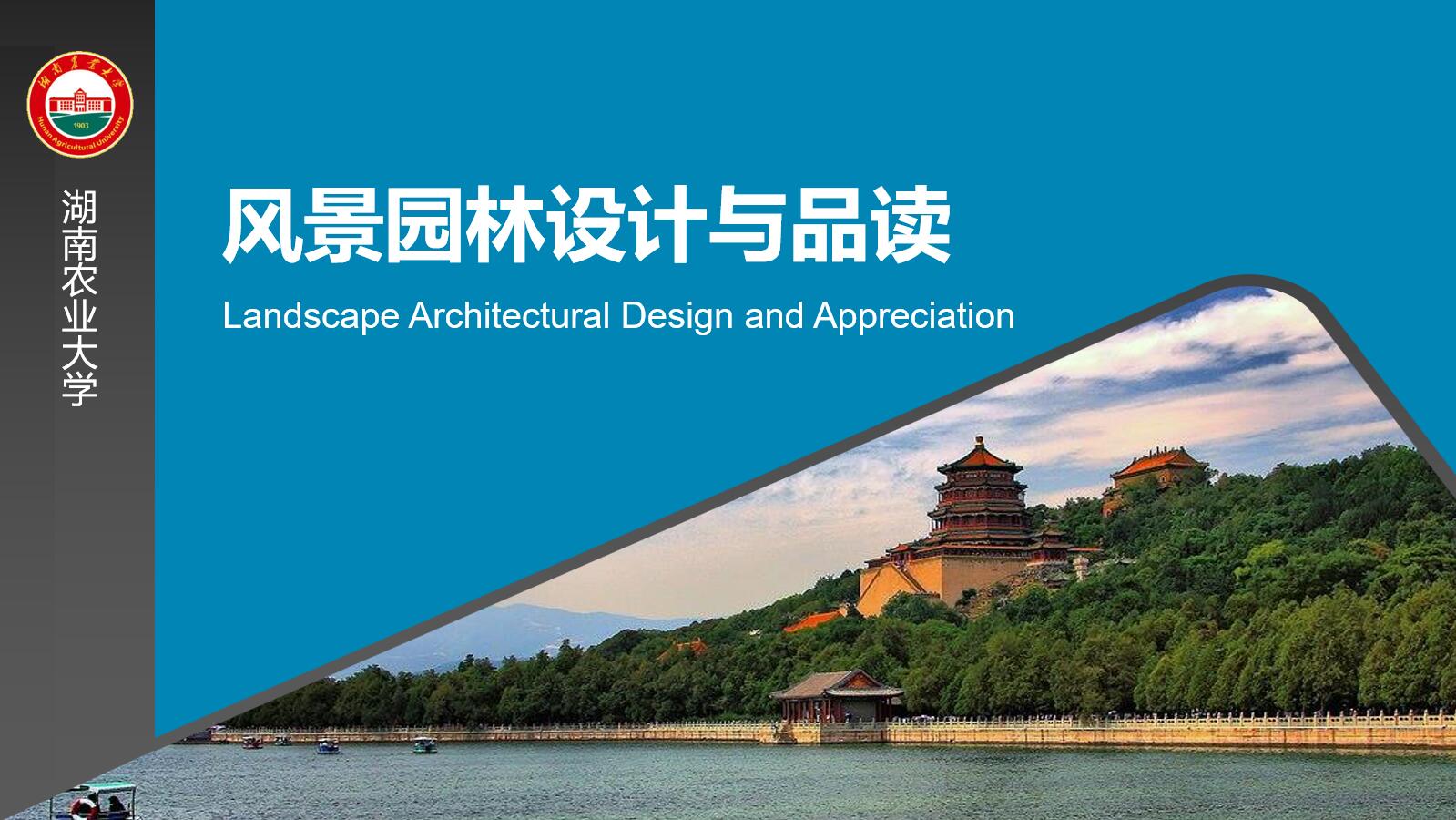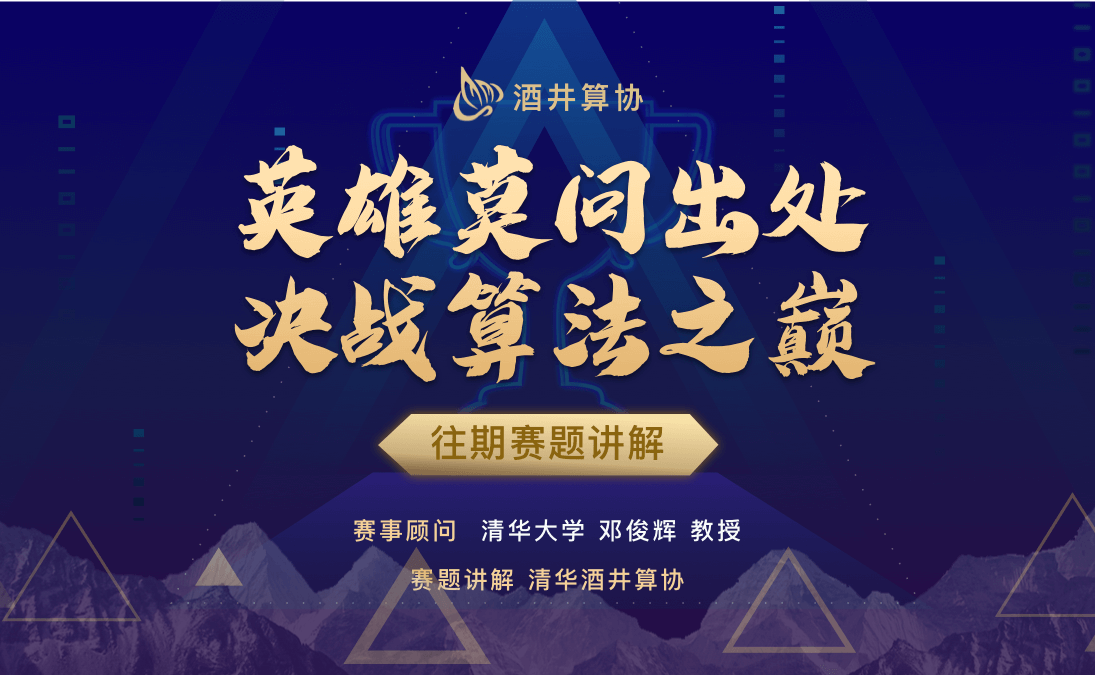
当前课程知识点:Methodology of Scientific Research > Lecture 10 Researchers and Research Factors > Section 10.1 Character and Type of Researcher > 10.1.2 Moral Outlook of Researcher
返回《Methodology of Scientific Research》慕课在线视频课程列表
返回《Methodology of Scientific Research》慕课在线视频列表
接下来我们谈一下研究者的道德观念
首先我们假设一种情况
在实验中我们得到了一系列的数据
在图上我们可以看到一个很突兀的点
本来蓝色的线很接近于红色的线
可以在误差允许的范围内
认为蓝色的线近似为线性变化
但是由于突兀的点超出了误差的范围
一切都不对了
怎么办
这个问题摆在我们的眼前
如果我们选择重新设计方案
重新做实验
可能需要几个小时
几天或者几个月
如果我们对突兀的点视而不见
如果能删除这个数据
好像他从来没有出现过一样
一切看起来那么简单
但是可能因为这样的一个选择
科研工作者一生就没有机会再攀登科学的高峰了
中国有句古话
不以恶小而为之
说的就是这个道理
研究者的道德观念主要有以下几个方面
第一
实事求是
尊重客观规律和事实
第二
尊重他人工作
客观公正的对待自己的成果
第三
积极参与学术争鸣
善待他人的批评有错必纠
第四
正确对待研究中的秘密
第五
努力工作
为国争光
这里我重点谈一下韩国的黄禹锡事件
2004年和2005年首尔大学教授黄羽西
领导研究团队先后在科学杂志上发表论文
宣布成功克隆人类胚胎干细胞和患者匹配型干细胞
但是2005年底
有关黄羽西干细胞学术造假的丑闻逐渐被揭露
在学术界引起了巨大的震动
黄羽西本人也被首尔大学解除职务
并因涉嫌青春经费违反伦理等问题遭到了起诉
在严谨的科学面前
我们需要的是实事求是的精神
在面对名利的时候
要求科研工作者能够抵抗住诱惑
能坚持自己的信仰
哪怕仅仅一时被迷惑
也会造成很大的恶果
对该事件我一直很关注
最近几年我又看到了一些新的消息
黄羽西又复活了
在世人谴责学术造假的激情消退以后
黄羽西不为外界所干扰
仍然专注于生命科学研究
黄禹锡的技术在2014年2月获得了美国的专利
同时致力于克隆技术的商业化实践
为推动研究技术的商业化
它还成立了一家公司
2014年9月
黄玉熹团队与国内合作者合作成立了北大博雅
中韩国际生命研究
健康中心
专门研究克隆宠物狗
2014年 nature和science
同时撰写两篇长文
描述这位曾身败名裂
但仍在科学道路上孜孜不倦的科学家
他也许再也回不到过去最高科学家的荣誉
但他仍以自己对科学的热情寻找一条自我救赎之路
中国有句古话
过而能改
善莫大焉
在科研的道路上
只要我们能够坚持实事求是的科研态度
我们就一定可以做出一些成绩
-Section 1.1 Basic Concepts of Scientific Research
--1.1.1 Basic Concepts of Research
-Section 1.2 General Procedure of Scientific Research
--1.2.3 Process of Natural Science
--1.2.4 Process of Social Science
--1.2.5 Process of Technologial Science
-Section 1.3 How to Prepare for Scientific Research
--1.3.1 Motivation of Research
-Test-Lecture #1
-Section 2.1 Types and Sources of Research Project
-Section 2.2 Principles and Methods of Topic Selection
--2.2.1 Principle of Topic Selection
--2.2.2 Methods of Topic Selection
--2.2.3 Procedure and Strategy of Topic Selection
-Section 2.3 Information Collection of Project
--2.3.1 Type, Collection and Search of Information
-Test-Lecture #2
-Section 3.1 Typical Research Methods
--3.1.1 Level of Research Method
--3.1.2 Concept of Research Method
--3.1.3 Typical Research Methods
-Section 3.2 Typical Thinking Modes
--3.2.1 Thinking and its Characteristics
--3.2.2 General Innovative Thinking
--3.2.3 Typical Thinking Modes
-Section 3.3 Analysis of Research Cases
--3.3.1 Question Description and Concept
--3.3.2 Three-Level Theory of Problem
--3.3.3 Train of Question Consciousness
-Test-Lecture #3
-Section 4.1 Research-oriented Scientific Design
--4.1.1 General Scientific Design
--4.1.3 Example of Research Design
--4.1.4 Other kinds of Research Design
-Section 4.2 Experimental Scientific Research Design
--4.2.4 Example of Experimental Design
-Section 4.3 Application-oriented Scientific Design
--4.3.1 Basic Concepts and Significance
--4.3.3 Example of Applied Design
--4.3.4 Train of Research Skills
-Test-Lecture #4
-Section 5.1 Initial Entry into the Research Group
--5.1.2 Consider Research Outline
-Section 5.2 Analysis of Scientific Research Cases
--5.2.1 Example of Correct Topic Selection
--5.2.2 Example of Team Cooperation
--5.2.3 Test of Non-invasive PDM
-Section 5.3 Research-based Learning and Research
--5.3.1 Overview of Research Learning
--5.3.2 Research-based Learning
--5.3.3 Research Train for Undergraduates
-Test-Lecture #5
-Section 6.1 Scientific Research Strategy and Tactics
--6.1.1 Strategy in Research Work
--6.1.2 Tactics in Research Work
--6.1.3 Research Group and Management
-Section 6.2 Scientific Research Tactful Operation
--6.2.3 Typical Research Planning
-Section 6.3 Discrimination of Research Obstruction
--6.3.2 Origin of Research Obstruction
--6.3.3 Case of Research Obstruction
--6.3.4 Strategy to Remove Obstruction
-Test-Lecture #6
-Section 7.1 Research Papers and Writing
--7.1.2 Writing Research Paper
-Section 7.2 Rules for Submission and Publication
--7.2.1 Preparing for Contribution
--7.2.2 Process of Publication
--7.2.3 Strategy of Contribution
-Section 7.3 Examples and Analysis of Paper
--7.3.1 Basic Structure of Paper
--7.3.3 Introduction, Main Content and Conclusion
-Test-Lecture #7
-Section 8.1 Introduction of Invention and Creation
--8.1.1 Generality of Invention
--8.1.2 Principle of Invention
--8.1.3 Risk and Protection of Invention
-Section 8.2 Patent Types and Applications
--8.2.1 Characteristics and Types of Patent
--8.2.3 Process of Applying Patent
-Section 8.3 Patent Examples and Analysis
--8.3.1 Example of Invention Patent
--8.3.2 Example of Utility Model Patent
--8.3.3 Example of Design Patent
-Test-Lecture #8
-Section 9.1 Characteristics, Types and Titles of Academic Conferences
--9.1.1 Characteristisc of Academic Conference
--9.1.2 Types of Academic Conference
--9.1.3 Title of Academic Conference
-Section 9.2 Basic Elements and Report Types of Academic Conferences
--9.2.1 Basic Elements of Conference
--9.2.2 Types of Conference Report
-Section 9.3 Main Points, Syntax and Summary of Academic Reports
--9.3.1 Writing and Accepting Conference Paper
--9.3.2 Exercise before Reporting
-Test-Lecture #9
-Section 10.1 Character and Type of Researcher
--10.1.1 Basic Moral of Researcher
--10.1.2 Moral Outlook of Researcher
--10.1.3 Talent Type and Innovative Quality
-Section 10.2 Research Ethics and Academic Norms
--10.2.1 Generality of Research Morality
--10.2.3 Monitoring Measure of Research
-Section 10.3 Research Relationship and Incentive Mechanism
--10.3.1 Generality of Research Relation
--10.3.2 Typical Research Relation
--10.3.3 Research Incentive System
-Test-Lecture #10


